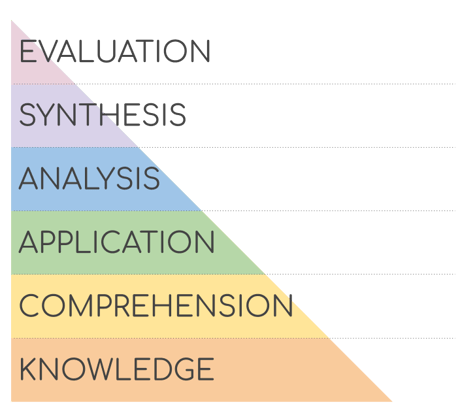Continual Reanalysis: Adapting to Evolving User Requirements
Part 3: Embracing change - how ongoing reanalysis keeps your project on track
USER NEEDS ANALYSIS


Introduction
Welcome back to our blog series on engineering excellence! In this third instalment, we delve into the dynamic process of continual reanalysis—a vital aspect of project evolution. As technology and user expectations evolve, so must our engineering solutions. Join us as we explore the significance of adapting to evolving user requirements and how it keeps your project on track.
Key Concepts and Background:
In the fast-paced world of engineering, projects are subject to constant change. As user needs and technologies evolve, it is essential to reevaluate and adjust our engineering solutions accordingly. Continual reanalysis involves staying vigilant and adaptable throughout the project lifecycle, ensuring that we meet the ever-changing demands of our target audience.
Adapting to Change: The Power of Continual Reanalysis
Engineering projects must be resilient and flexible to succeed in today's dynamic environment. Continual reanalysis allows engineers to:
Embrace User Feedback:
Regularly seeking feedback from users and stakeholders helps identify evolving needs and preferences. Engaging in user surveys, focus groups, and usability testing enables engineers to stay attuned to changing user expectations. This feedback loop empowers them to make informed decisions and implement necessary adjustments throughout the development process.
Monitor Technological Advancements:
Keeping a pulse on emerging technologies and industry trends is vital for engineering excellence. Continual reanalysis requires engineers to assess how new technologies can enhance or modify their existing solutions. By incorporating cutting-edge innovations, they can deliver products that are at the forefront of the market and ensure long-term relevance.
Address Emerging Challenges:
Recognizing potential challenges early on enables engineers to devise proactive solutions. With continual reanalysis, they can anticipate potential roadblocks and pivot accordingly. This adaptive approach mitigates risks and maintains project momentum, resulting in smoother development cycles and on-time deliveries.
Prioritize Agile Methodologies:
Agile methodologies offer a valuable framework for managing dynamic projects. Embracing an agile approach allows engineers to break down large tasks into smaller, manageable iterations. This iterative process fosters continuous improvement, enables faster responses to changes, and encourages collaboration among team members.
Recommendations for Effective Continual Reanalysis:
1. Foster an Agile Mindset: Cultivate a culture of flexibility, open communication, and adaptability within your engineering teams. Encourage everyone to embrace change as a natural part of the development process.
2. Stay Customer-Centric: Keep your focus on the end-users throughout the entire project lifecycle. Regularly engage with them to gain insights into their evolving needs and expectations.
3. Implement Iterative Development: Break down complex projects into smaller milestones or sprints. Review progress regularly, gather feedback, and make necessary adjustments before proceeding to the next iteration.
4. Foster Collaborative Communication: Promote effective communication among team members, stakeholders, and users. Transparent and frequent communication helps maintain alignment and fosters a shared vision for the project.
5. Leverage Automation and Tools: Utilize automation and project management tools to streamline processes, track changes, and manage evolving requirements efficiently.
Conclusion:
Continual reanalysis is an essential component of engineering excellence, enabling engineers to adapt to evolving user requirements and technological advancements. By embracing change and staying agile, engineers can ensure their solutions remain relevant, innovative, and aligned with user expectations. The process of continual reanalysis empowers engineering teams to navigate the dynamic landscape of product development successfully. Join us in our next blog post, where we will explore "Part 4: Iterative Design: Closing the Gap Between User Expectations and Solutions," as we dive into the power of iterative design in delivering engineering excellence. Stay tuned for more valuable insights on the path to engineering success!
